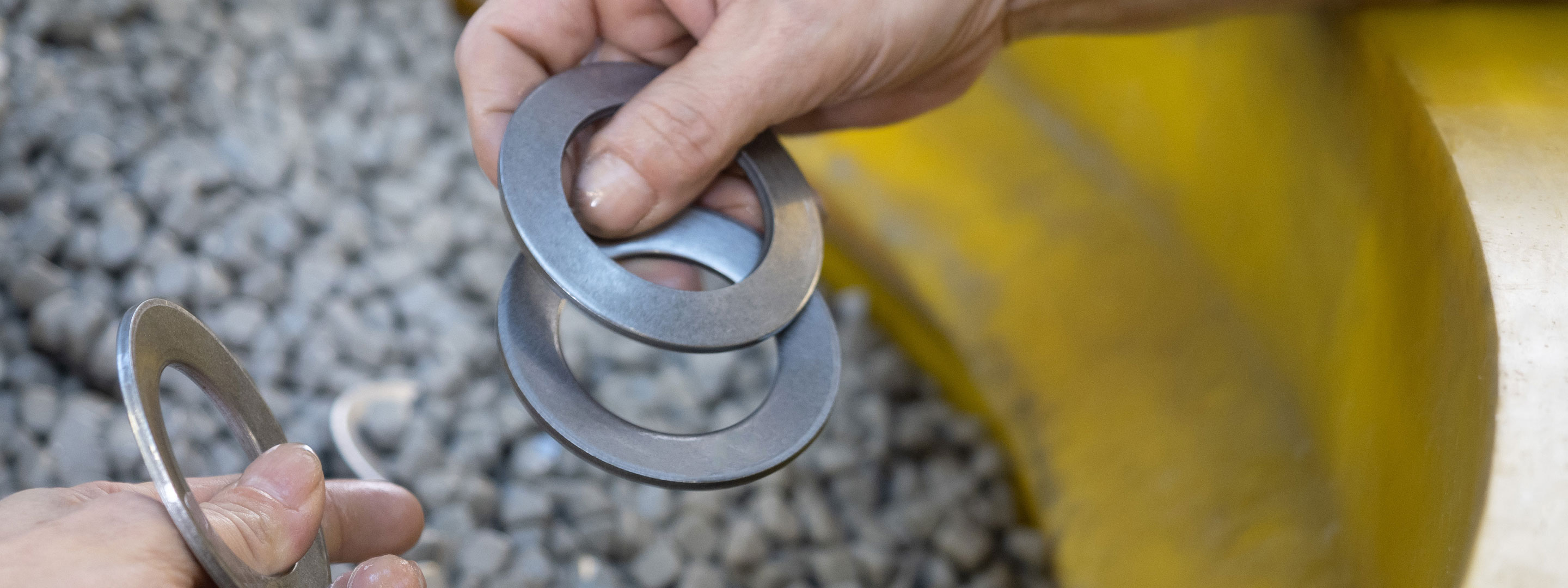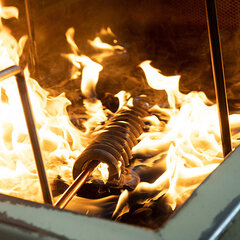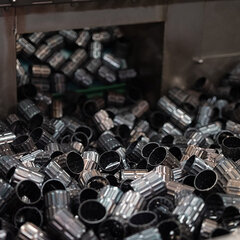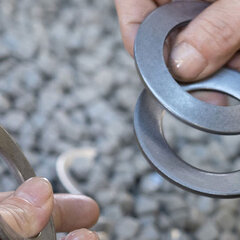HEAT AND SURFACE TREATMENT
The correct heat and surface treatment is an essential process step for a quality spring, as it gives the spring or components their final mechanical properties, flexibility and durability.
We use different methods of heat treatment which are selected individually depending on the application, material and usage scenario:
- Annealing corrects excessive strength after cold forming
- Hardening increases the strength of materials
- Stress-relief annealing (tempering) improves the mechanical properties and reduces tensions in the component
- Precipitation hardening
Specific surface treatment
Once the necessary internal properties of a component have been achieved, its mechanical properties or resistance to external influences can be further improved by special surface treatments.
In addition to barrel finishing, vibratory grinding, bluing, electropolishing, pickling, phosphating, passivating, chrome plating, nickel plating, galvanising, bright galvanising and shot peening, Federtechnik Kaltbrunn AG offers a range of special surface treatments to increase the durability, reliability and quality of our products.
Other special processes used at Federtechnik Kaltbrunn AG include thick-film passivation, powder coating, zinc flake coating (including Delta® Tone and Delta® Seal corrosion protection systems), glass bead blasting, PTFE Teflon coatings, gold plating, copper plating and the chromating of galvanised steel springs.



